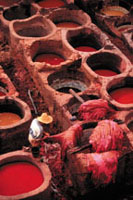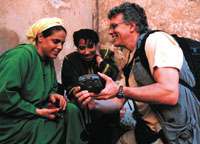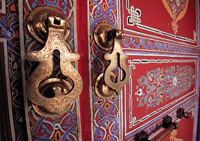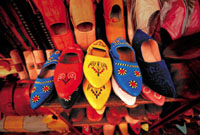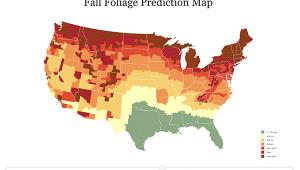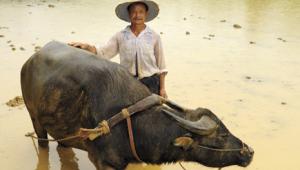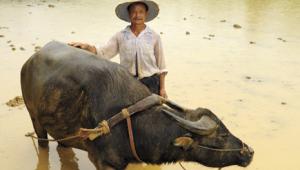The Big Three
Techniques, Technology, And Psychology For Aspiring Travel Shooters
Travel photographers are
a unique breed. Some go to the ends of the earth to get pictures that
tell a story of a faraway land. Others stay relatively close to home,
documenting the pulse of a major metropolitan city--which might be a
travel destination to faraway people. |
|||
· Work with local
experts on site. Local tour guides and experts can save you time
and money in the field. They might be able to cut through "red tape,"
especially when you are in a land where English is not generally spoken.
And, they might be able to get you out of trouble. At the very least,
local experts can be a "security blanket" when you are in
a foreign land. When choosing a local expert, however, be sure to check
his or her references carefully--with more than once source. |
|||
· Consider color.
A 1970s National Geographic how-to photography book, written
by National Geographic shooter Al Moldvay, included this tip: Include
the color red in the scene. That's good advice, followed by many
pro shooters--which is why you see pictures of climbers and scuba divers
with red caps (Jacques Cousteau's red cap was his trademark), red
canoes traveling down rivers, and red tents on mountainsides. Yellow,
by the way, is also a strong color--but not as pleasing to the eye as
red. |
|||
· The eyes have
it. There's an old expression: "The eyes are the
soul of the person." With this thought in mind, try to compose your
pictures so you can clearly see your subject's eyes. One technique
is to use daylight fill-in flash, a feature that's available on
many 35mm SLR, APS, and even point-and-shoot cameras. |
